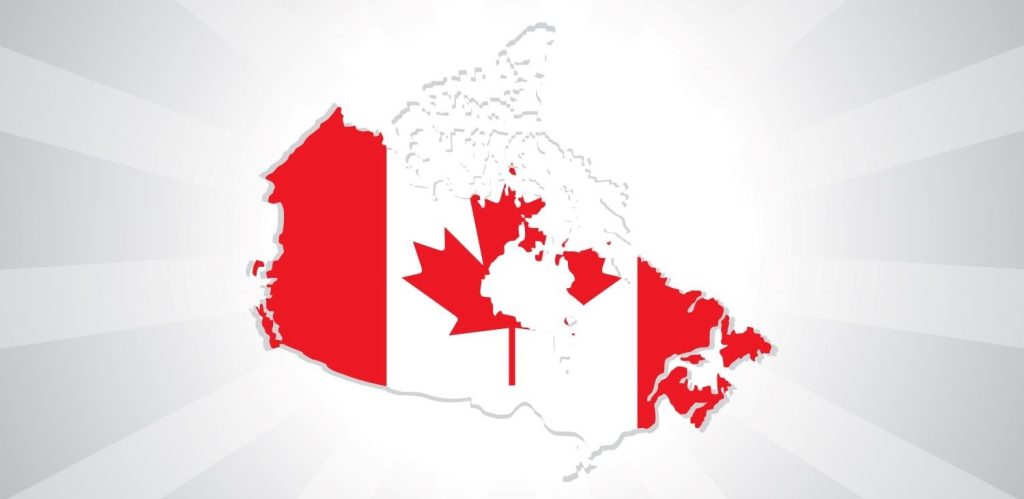Canada's immigration minister discusses plans for 2025-2027

one Canada’s immigration officers recently met to discuss Canada’s 2025-2027 immigration plans. At this meeting, federal, state, and territorial immigration officials reaffirmed their commitment to supporting immigration.
Given the changes taking place in Canada’s immigration system this year, we want to share the news and highlight some key takeaways for newcomers.
Key Points
- We may see a larger Provincial Nominee Program (PNP) distribution in 2025.
- Focused immigration initiatives are anticipated to persist through the duration of 2025.
What is the purpose of immigration to Canada?
The Canadian Immigration Level Plan is a document published every November. Sets goals for the immigration committee, including economic migration and family support. It also includes information for implementing important cultural policies, such as promoting economic growth, meeting labor market needs, and increasing the spread of French-speaking immigration. You can learn more about Immigration Procedures.
Importance of analysis from 2025 to 2027
Temporary residents and permanent residents
The real issue is the balance between temporary residents and permanent residents. Leaders discussed the government’s plan to reduce the proportion of temporary residents to 5 percent of the population.
Local and regional immigration authorities emphasized the need to reduce the number of temporary residents, including employment needs in key economic sectors, and called on the government to obtain information on ways to reduce temporary residents.
- According to the original post, the federal government’s ban on people entering Canada without Canadian citizenship should not prevent employers from trying to create inequalities in the labor market.
- We would like to know whether the Section “Data-driven” method would be similar to the criteria used to determine the number of international students each state can admit in 2024 and 2025.
The State Nominee Program was discussed in detail in press release Some of the important points are:
- PNP can play an important role in transferring temporary workers to permanent positions, especially for skilled workers. This can create additional difficulties for international students whose grades do not match the requirements of the current job. There is widespread discussion in the media about how international students develop skills that are not needed in the Canadian economy.
- Demand for Canadian PNP is also expected to increase due to changes in temporary residents.
- Many leaders have stated that increasing PNP allocation to Canada’s provinces and territories will help meet the needs of the market, along with the government’s goal of reducing the transient population.
About collaboration
Heads of State agreed on the importance of continued cooperation at all levels of government, stating that “strong cooperation and coordination of government commands is essential for the implementation of federal, state and territorial government services, including the Provincial Nominee Program (PNP).
Asylum and humanitarian movement
The management of asylum applications and support for immigrants were also discussed at the meeting. He noted that greater cooperation between federal and local governments could improve the situation of refugees, especially given the housing crisis. Ontario and Quebec are particularly at the center of these debates.
Canada’s immigration policy in 2025, what will new immigrants to Canada see?
For those living temporarily, these developments may indicate a transition to permanent opportunities.
Additional PNP allocations accepted
The goal of reducing temporary residence and increasing the need for PNP grants suggests that the number of Canadian PNP-funded immigrants may increase in 2025. This is a welcome change.
We note that Prince Edward Island has voluntarily reduced its PNP allocation for 2024, so not all provinces or territories will request higher allocations. It also shows that more segregation does not necessarily mean more immigration, as states and territories may choose not to use segregation.
The main purpose of migration may continue
Canada offers immigration plans beyond the federal and provincial levels. According to media reports, this campaign is likely to continue in 2025-2027. Cultural and social objectives as well as regional market needs are important issues throughout the discussion. This trend will continue as Canada reaches this milestone by bringing in more immigrants.


